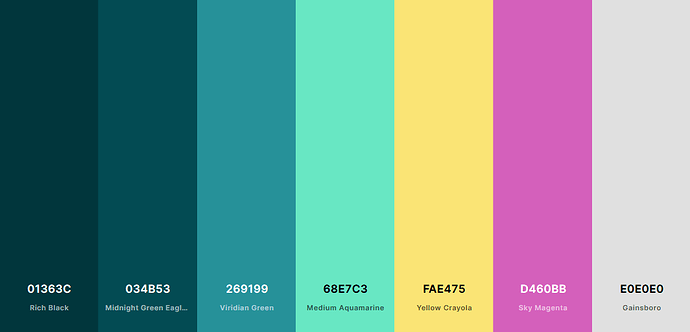The Ecological Design Collective was an idea that took shape in the summer of 2020: that is to say, at the height of the coronavirus pandemic, in a year of raging wildfires, and in the midst of an international reckoning with the toxic legacies of institutionalized racism and imperialism. The time was one of tremendous hardship and struggle, but also an occasion for many to pause and think about the shape of the world to come. “The pandemic is a portal,” Indian writer Arundhati Roy suggested, “a gateway between one world and the next.” We took this as a chance to imagine what a collective experiment in ecological design could make possible.
We rely here, as with so much in our lives now, on digital infrastructures for communication at a distance, on distributed networks for connection and interchange. We affirm the value of building relationships between disparate milieus of thought and practice, and doing so in a manner that avoids the enormous carbon footprint of fossil fuel-powered travel. But digital infrastructures carry their own significant carbon loads too. With resource use in mind, our servers are hosted by services that rely on renewable energy, and our systems are designed to reduce energy intensity in other ways: by utilizing darker colors that demand less power from computer screens, for example, or by making low-bandwidth video streams our default setting for seminars.
Our logo was designed by Jora Kasapi, an architect and designer based in Tirana, Albania, and whose work focuses on sustainable architectural design. The motif is based on the form of a leaf skeleton, a network structure found in nature, one that gestures toward both the organic and the machinic. The intricate network of channels that carry nutrients through a leaf reminds us that central lines alone are insufficient for the vitality of any complex structure: minor pathways and redundant connections matter. We draw on this natural example in the spirit of biomimicry, finding good reason to cultivate diverse relationships and transversal connections, to seek and build alternatives to unitary and hierarchical modes of organization.
The basic structure of the website (and the structure of our communicative platform, by extension) is modeled on the idea of a compound leaf, a leaf composed of multiple leaflets. We are thinking most specifically of the compound leaves of ash trees, once common in the forests of the Chesapeake region and throughout North America, yet critically endangered now on account of the emerald ash borer infestation. Circumstances are so dire that scientists here in Maryland, where many in the Curatorial Circle make their homes, are thinking less of “saving” the ash than saving its seeds for a future time when the landscape may be reseeded with these trees once again. There is something quite moving and profound in this idea of living beings so precarious and vulnerable in their present prospects, yet still inviting the possibility of designs that may be apt in securing for them a livable future.
One final note on the color palette we are using, with tones of both the natural and unearthly. Here are the hex codes, in case you were wondering:
